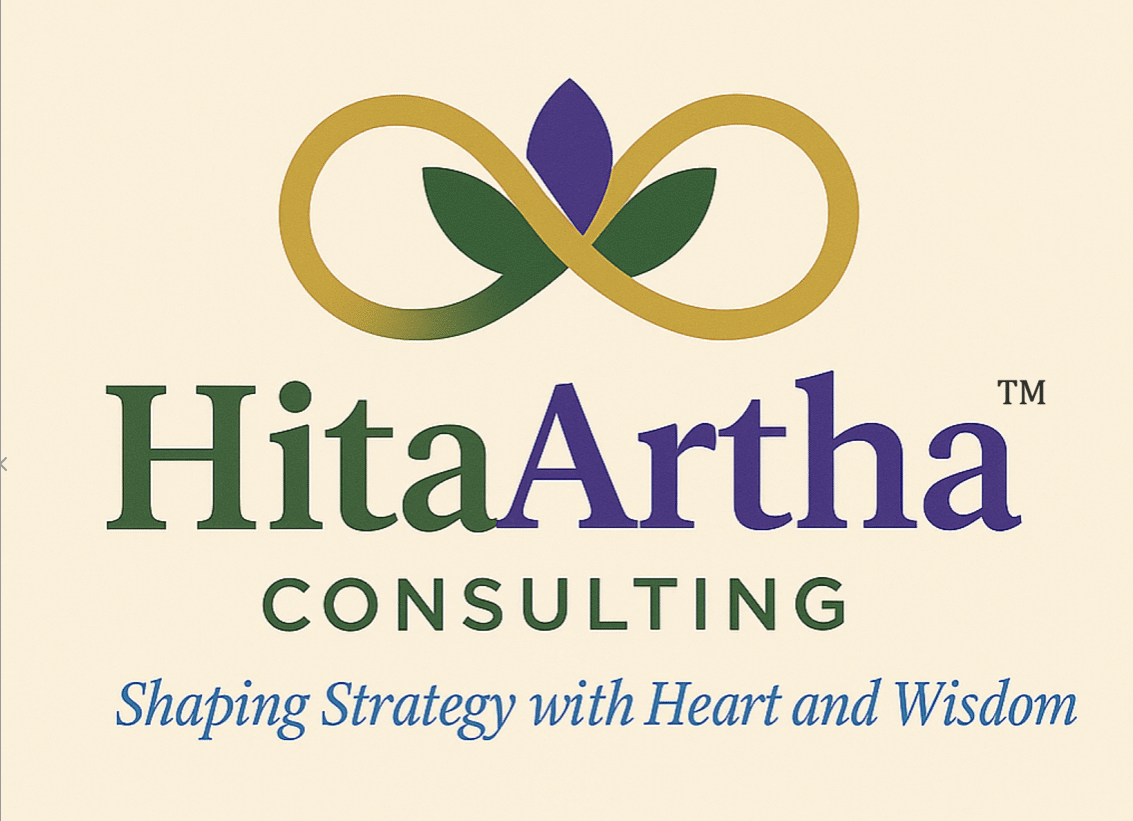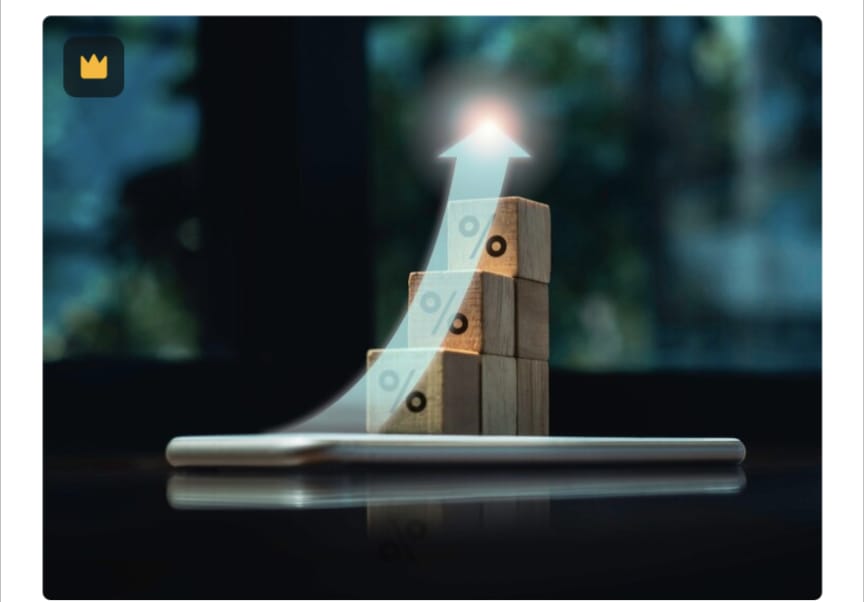Scaling Culture is Hard — Unless You Architect It Like a System.
Most organizations mistake culture for charisma.
What starts as founder-led energy often gets lost in translation beyond 50 people.
Because culture isn’t about slogans, values-walls, or townhall energy.
It’s a system.
In reality, culture only scales when it is:
✓ 𝗖𝗼𝗱𝗶𝗳𝗶𝗲𝗱 𝗶𝗻𝘁𝗼 𝗿𝗶𝘁𝘂𝗮𝗹𝘀 that teams enact, not recite
✓ 𝗔𝗻𝗰𝗵𝗼𝗿𝗲𝗱 𝘁𝗼 𝗱𝗲𝗰𝗶𝘀𝗶𝗼𝗻𝘀 — hiring, promotion, conflict, prioritization
✓ 𝗥𝗲𝗶𝗻𝗳𝗼𝗿𝗰𝗲𝗱 𝘁𝗵𝗿𝗼𝘂𝗴𝗵 𝘀𝘁𝗿𝘂𝗰𝘁𝘂𝗿𝗲 — not just story
I’ve seen companies with incredible intent struggle to hold cultural cohesion during hypergrowth.
Why?
Because they treated culture as 𝗲𝗺𝗲𝗿𝗴𝗲𝗻𝘁, not 𝗲𝗻𝗴𝗶𝗻𝗲𝗲𝗿𝗲𝗱.
𝗧𝗵𝗲 𝘀𝗼𝗹𝘂𝘁𝗶𝗼𝗻: Architect your culture like a strategic operating system.
✓ Codify non-negotiables (not generic values, but behavioral anchors)
✓ Embed through manager playbooks and symbolic actions
✓ Align with performance, EX, and leadership assessments
✓ Build feedback loops that track micro-behavioral drift
Scaling culture isn’t about keeping the “startup feel.”
It’s about 𝗰𝗹𝗮𝗿𝗶𝘁𝘆 𝗮𝘁 𝘁𝗵𝗲 𝗲𝗱𝗴𝗲𝘀 𝘄𝗵𝗲𝗻 𝘁𝗵𝗲 𝗰𝗲𝗻𝘁𝗲𝗿 𝘀𝗰𝗮𝗹𝗲𝘀.
At 𝗛𝗶𝘁𝗮𝗔𝗿𝘁𝗵𝗮 𝗖𝗼𝗻𝘀𝘂𝗹𝘁𝗶𝗻𝗴 𝗟𝗟𝗣, we help organizations codify culture as a system — grounded in rituals, behaviors, and decisions that endure beyond scale.
💡P.S. For those curious about how we bring these insights to life —
The official website of 𝗛𝗶𝘁𝗮𝗔𝗿𝘁𝗵𝗮 𝗖𝗼𝗻𝘀𝘂𝗹𝘁𝗶𝗻𝗴 𝗟𝗟𝗣 is now live in soft launch mode. We’re refining the experience, but the foundation is ready.
Explore our approach to HR strategy, leadership design, and culture architecture here:
https://hitaarthaconsulting.com/
Thank you for the continued support and belief. The journey has just begun.
— Satheesh Kumaran B | Founder, HitaArtha Consulting LLP





